Section 3.1 Bartel van der Waerden
None of the three of my children had any interest in mathematics. — Bartel Leendert van der Waerden, 1903 — 1996.
Who was Bartel Leendert van der Waerden? Bartel Leendert van der Waerden was a Dutch mathematician and historian of mathematics and science.
| abstract algebra | algebraic geometry | analysis |
| combinatorics | geometry | group theory |
| history of ancient science | history of astronomy | history of mathematics |
| history of modern physics | mathematical statistics | number theory |
| probability theory | quantum mechanics | topology |
Birth and Death. Bartel Leendert van der Waerden was born in Amsterdam, Netherlands, on February 2, 1903 and died at the age of 92 on January 12, 1996, in Zürich, Switzerland.
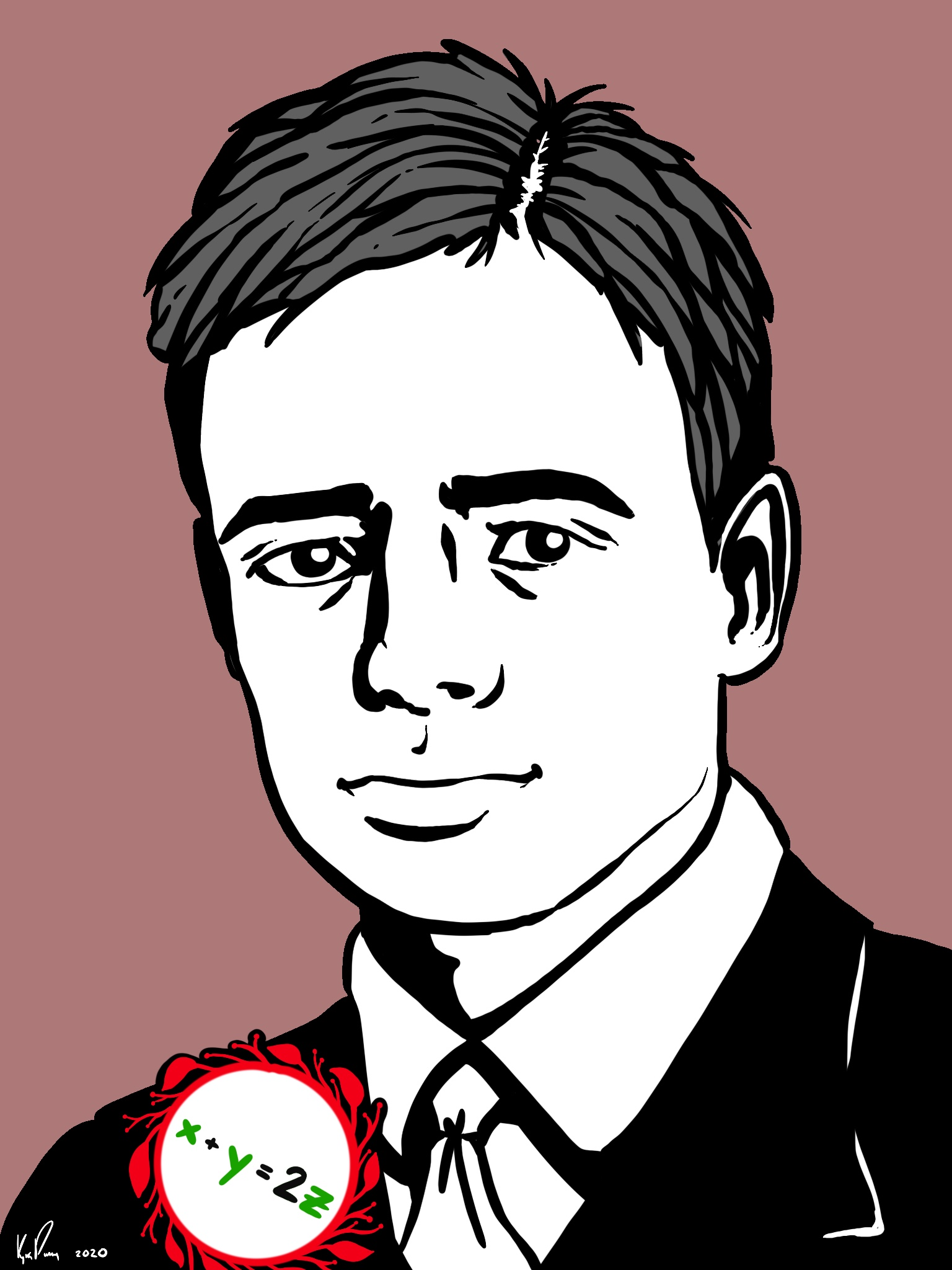
Timeline.
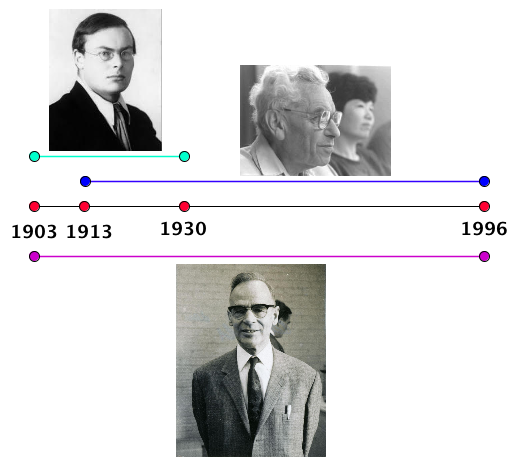
Bartel's Family. Bartel van der Waerden's parents were Theodorus van der Waerden and Dorothea Adriana Endt. Theo was born in Eindhoven on 21 August 1876 and studied civil engineering at the Delft Technical University. Then, after teaching mathematics and mechanics in Leeuwarden and Dordrecht, he moved to Amsterdam in 1902 where again he taught mathematics and mechanics. At university he had become interested in politics and played a role in politics throughout his life as a left wing Socialist. He married Dorothea on 28 August 1901. Bartel was the eldest of their three children, the other two boys being Coenraad (born 29 December 1904) and Benno (born 2 October 1909). (Source MacTutor).
Van Dalen:
Van der Waerden was an extremely bright student, and he was well aware of this fact. He made his presence in class known through bright and sometimes irreverent remarks. Being quick and sharp (much more so than most of his professors) he could make life miserable for the poor teachers in front of the blackboard. During the, rather mediocre, lectures of Van der Waals Jr. he could suddenly, with his characteristic stutter, call out: “Professor, what kind of nonsense are you writing down now?” He did not pull such tricks during Brouwer's lectures, but he was one of the few who dared to ask questions. [9]
Time of War.
Between 1931-1945 van der Waerden was a professor of mathematics at the University of Leipzig, Germany. During the rise of the Third Reich and through World War II, van der Waerden remained at Leipzig, and passed up opportunities to leave Nazi Germany for Princeton and Utrecht. (van der Waerden's photo from Alchetron.)
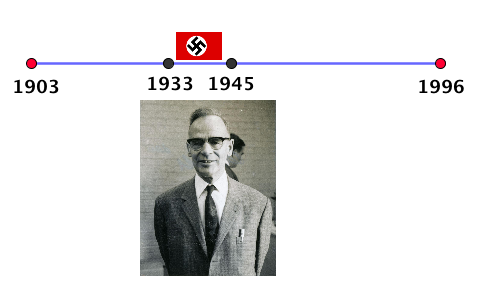
An extensive description of this part of van der Waerden's life is published by Soifer [7].
Facts:
At the peak of their activity, between the outbreak of World War I in 1914 and the Nazis' rise to power in 1933, one-third of all math professors in Germany were Jewish - although Jews constituted less than 1 percent of the total population. These mathematicians served on the editorial boards of leading academic journals and were involved in the founding of the mathematical society.
Of the 90 Jewish mathematicians chronicled in a recent historic study, three committed suicide after the Nazis rose to power and two were killed in the Holocaust. The rest managed to emigrate.
The situation was particularly dire at Göttingen: Three out of four of the heads of the university's mathematics and physics institutes had been Jews. Not long after the mass expulsion, a reception was held at the university, at which Nazi education minister Bernhard Rust met the former director of the mathematics institute. Rust asked him if it had been harmed by the expulsion of the Jews. “It has not been harmed, sir,” replied the former director. “It has simply ceased to exist.”
(All from Setting the record straight about Jewish mathematicians in Nazi Germany, by Ofer Aderet, Haaretz, November 25, 2011)
Fact: van der Waerden was not a Nazi.
Question 3.1.5.
Why did he stay in Germany during the Nazi era and witnessed the terrible destruction of private and professional lives of his Jewish friends and colleagues?
van der Waerden's Work - Two Examples.
Example 3.1.6.
Burnside Group:
The Burnside group \(B(m, 3)\) has exactly \(3^c\) elements where
(van der Waerden, 1933)
Vocabulary:
A group is an ordered pair \((G,\ast)\) where \(G\) is a set and \(\ast:G\times G\to G\) is a function, called a group operation, with the following properties (we write \(a\ast b\) for \(\ast(a,b)\)):
Associativity: For all \(a,b, c\in G\text{,}\) \((a \ast b) \ast c = a \ast (b\ast c)\text{.}\)
Identity element: There exists an element \(e\in G\text{,}\) such that for every element \(a\in G\text{,}\) \(e \ast a = a\ast e = a\text{.}\) Such an element is unique and it is called the identity element.
Inverse element: For each \(a \in G\text{,}\) there exists an element \(b\in G\) such that \(a\ast b = b\ast a = e\) where \(e\) is the identity element. We say that \(a\) and \(b\) are inverse to each other and write \(b=a^{-1}\) and \(a=b^{-1}\text{.}\)
A generating set of a group is a subset such that every element of the group can be expressed as the combination (under the group operation) of finitely many elements of the subset and their inverses.
The free Burnside group of rank \(m\) and exponent \(n\text{,}\) denoted \(B(m, n)\text{,}\) is a group with \(m\) distinguished generators \(x_1, \ldots , x_m\) in which the identity \(x^n = 1\) holds for all elements \(x\text{,}\) and which is the “largest” group satisfying these requirements.
Example 3.1.7.
History of Mathematics:
Yvonne Dold-Samplonius:
His [van der Waerden's] last book, A History of Algebra from al-Khwārizmī to Emmy Noether, appeared in 1985 and provided a personal account of the development of algebra. Starting with al-Khwārizmī, from whose treatise the word “algebra” is derived, van der Waerden traced the development through the ages to modern times. In his view, modern algebra began with Galois, who first investigated the structure of fields and groups and showed that these two structures are closely connected. After Galois, the efforts of the leading algebraists were mainly directed toward the investigation of the structure of rings, fields, algebras and the like. van der Waerden tracked such investigations up through roughly the middle of the 20th century in a discussion that comprises some two-thirds of the book and that includes some of his own contributions. Only van der Waerden could have given us this fascinating account. [1]
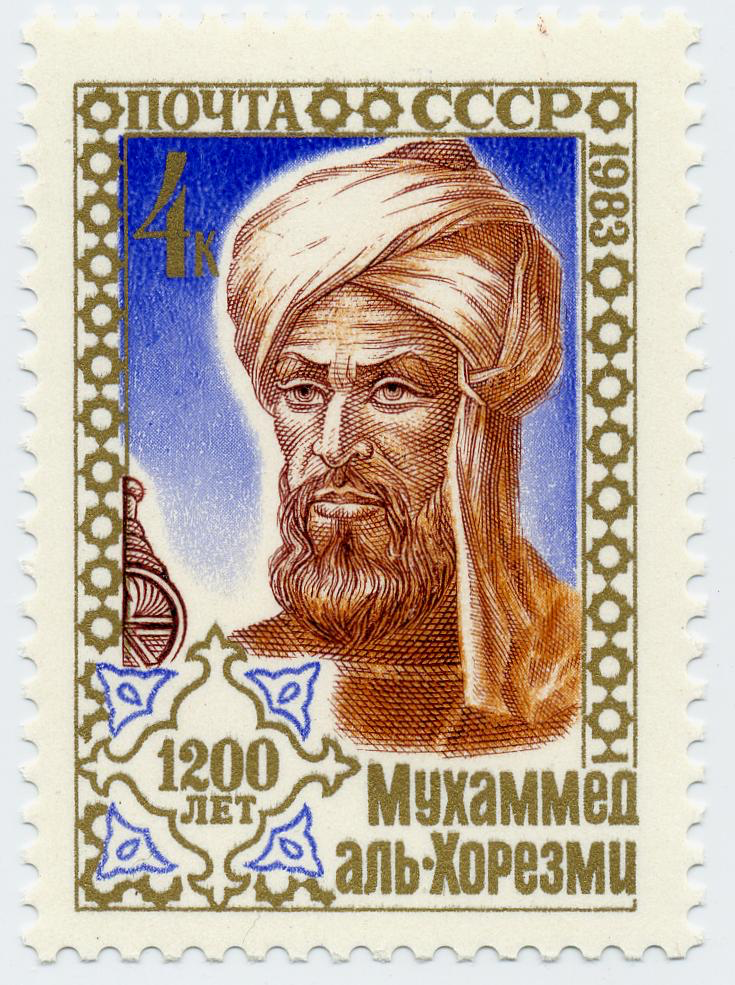
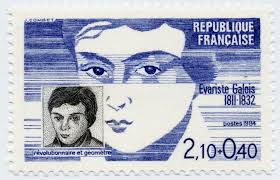
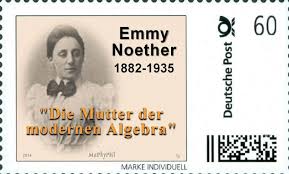
On a lighter note… From J. H. van Lint:
This note allows me to save for posterity a humorous experience of the late sixties. Van der Waerden, by then retired, had decided to attend a meeting on combinatorics, a field that he never seriously worked in. There was a talk by a young mathematician, who was desperately trying to explain his complete thesis in 20 minutes. I was sitting in the front row, next to van der Waerden, when the famous conjecture [related to the minimal permanent among all doubly stochastic matrices] was mentioned by a speaker and the alleged author inquired what the famous conjecture stated! The exasperated speaker spent a few seconds of his precious time to explain and at the end of his talk wandered over to us to read that badge of the person who had asked this inexcusable question. I knew it was going to happen and still remember happily how he recoiled. Do not worry; he had recovered and is now a famous combinatorialist. The lesson for the reader is the following. If you did not know of the 'conjecture' then it is comforting to realize that it was 40 years old before van der Waerden heard that it had this name. [11]
Van der Waerden's Theorem: For any given positive integers \(r\) and \(k\text{,}\) there is some number \(N\) such that if the set of integers \(\{1, 2, \ldots, N\}\) is \(r\)-coloured then there there is a \(k\)-term monochromatic arithmetic progression.
Vocabulary:
For a given \(r\in \mathbb{N}\text{,}\) an \(r\)-colouring of a set \(A\) is any function \(c: A\to \{1,2, \ldots, r\}\text{.}\)
-
Let \(c: A\to \{1,2, \ldots, r\}\) be an \(r\)-colouring of the set \(A\) and let \(B\subseteq A\text{.}\) We say that the set \(B\) is monochromatic if, for any \(x,y\in B\)
\begin{equation*} c(x)=c(y)\text{.} \end{equation*} -
We say that a set \(A\) is \(k\)-term monochromatic arithmetic progression if there are \(a,d\in \mathbb{R}\text{,}\) \(d\not= 0\text{,}\) such that
\begin{equation*} A=\{a+jd: j\in \{ 0,1,\ldots,k-1\}\} \end{equation*}is a monochromatic set.
Resources.